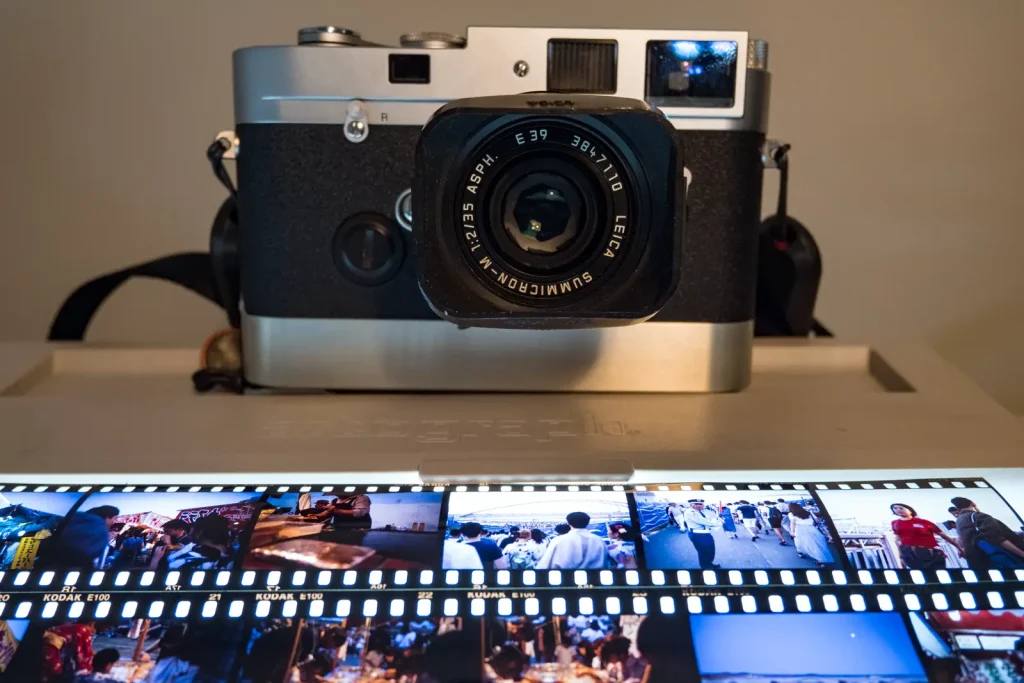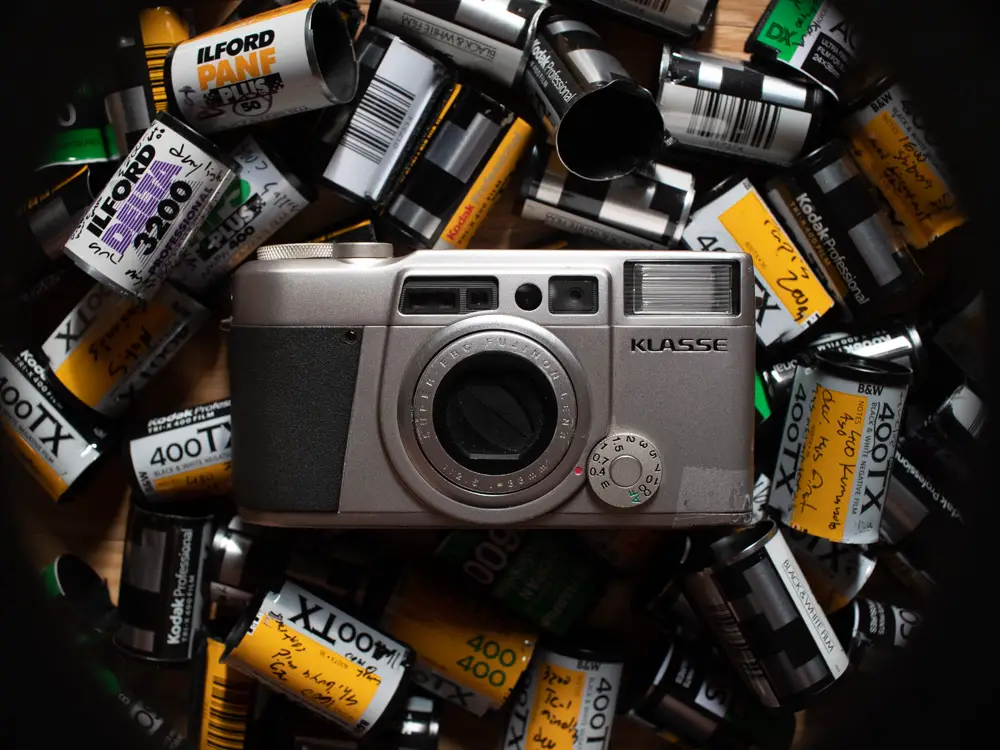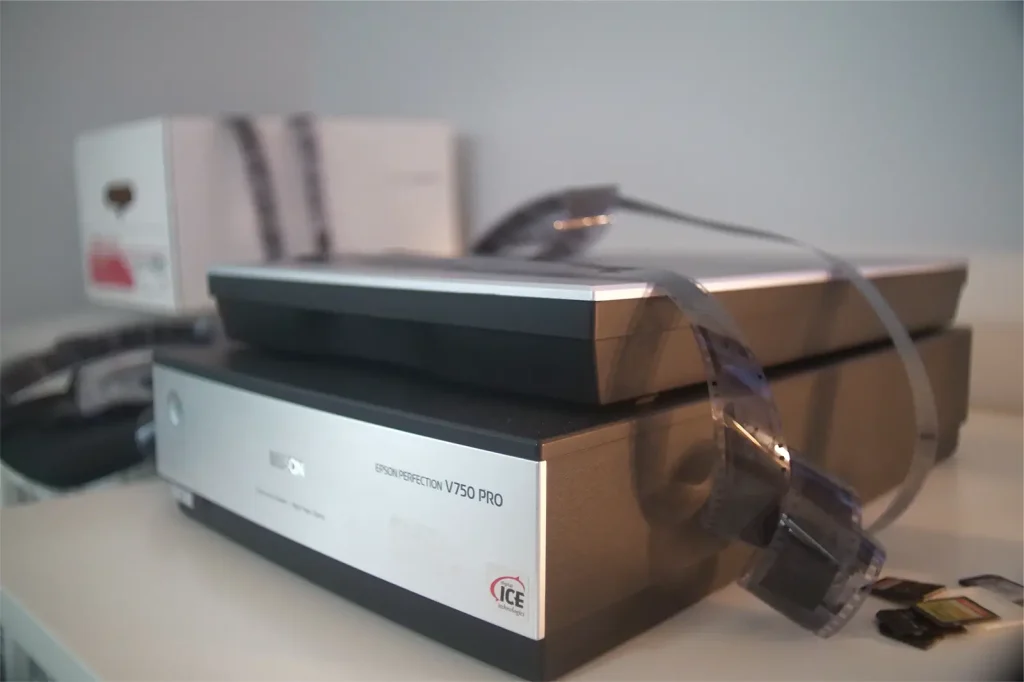
Something readers of 35mmc might not know is that Kodaks new Ektachrome E100 has been available in super 8 and now 16mm. I don't usually shoot slide film, but I do shoot a lot o...

The Fujifilm Klasse (also branded as the Rollei RFM 35) was a premium compact made in 2001, well after the premium compact craze of the early 90's. With a f/2.6 38mm lens it was...

I was asked recently my opinions around what I think is the best way to scan a large collection of slides? I replied by suggesting that they should have a lab scan it and not to...
